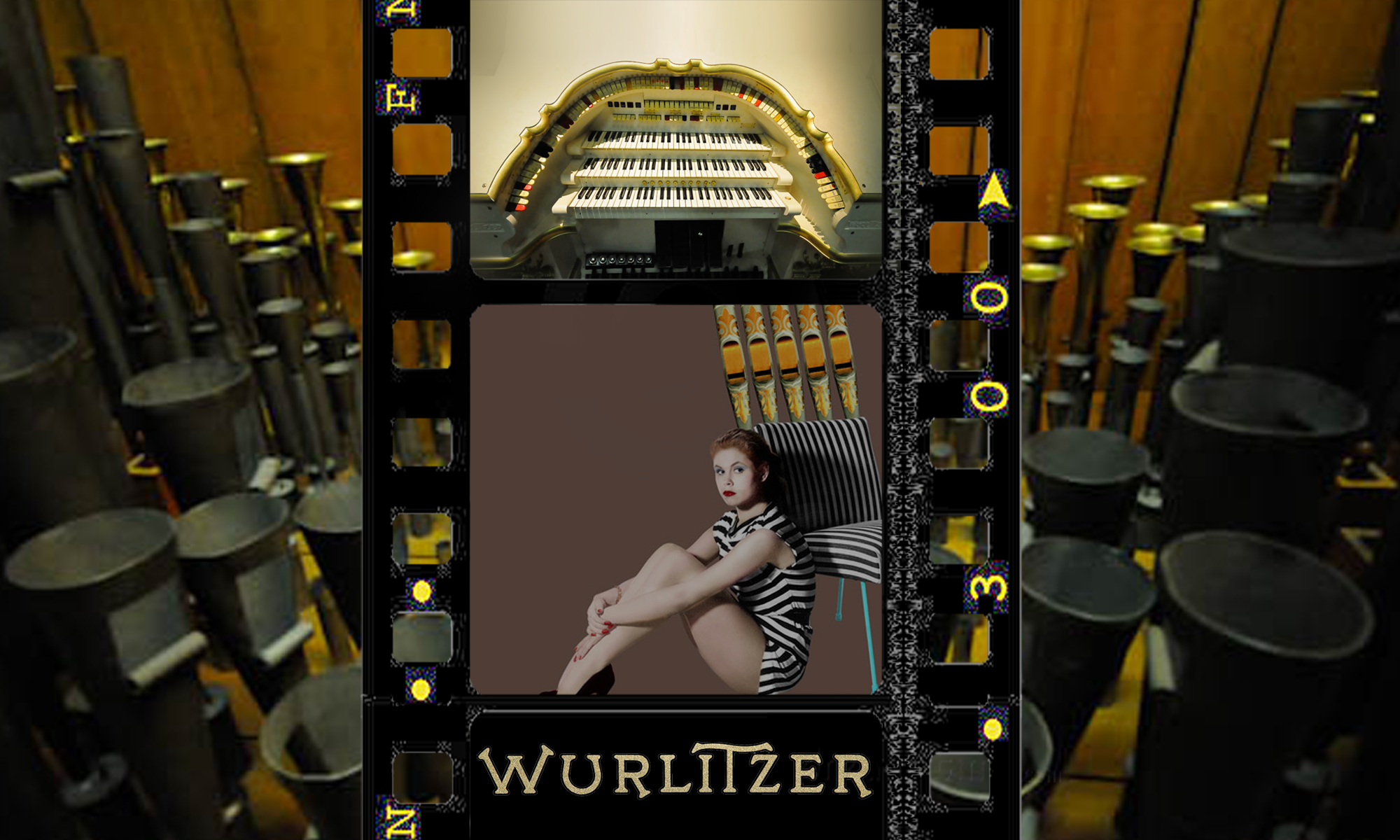The Clapham Junction Wurlitzer
By the late 1930s nearly every major cinema in the United Kingdom possessed a cinema organ. They varied in size from as few as four ranks of pipes, as in the Astoria Cinema, Edinburgh and the Ritz, Horsham, to the 21-rank instrument in the large Trocadero Cinema in South London. Most were made by Compton in London, but many came from the American manufacturer, Wurlitzer. There were also several other British manufacturers of cinema organs, the best-known being Christie, the cinema organ division of classical organ builder Hill, Norman and Beard.
The majority of instruments were of a modest size, with six to eight ranks of pipes, though instruments of that size often had difficulty in making themselves heard through the noise of audience chatter during the film intermission. Compton learned to overcome this with a carefully-selected six ranks that made good use of powerful reed pipes to cut through the background noise. Small Wurlitzer organs were generally more orchestral in their specification and their voicing, and were arguably more refined than those small loud Comptons.
For their last few installations in 1937-38, Granada Theatres wanted to specify a Wurlitzer organ of eight ranks that would be musically versatile, but at the same time would be able to be heard well in a large noisy theatre. This was achieved in what became known as the Granada Mark 2 Wurlitzer, of which six were supplied, possibly against the better judgement of the Wurlitzer Company in the USA! Of the eight ranks, three were powerful reeds – a big-sounding Tuba, a full-sounding English Horn with more than a hint of edge to it, and a Brass Saxophone that blended well with a rich Tibia to make a definitive and forceful orchestral effect. A pair of Gambas helped to develop powerful ensembles, rounded off by a Flute and a Diapason. The top keyboard was basically a coupler manual, but also had available Tibia and English Horn at 8ft pitch, along with Piano and Xylophone. These could thus be quickly blended with ensembles drawn on the other two manuals for quick-fire emphasis, variety and drama for a snappy, jazzy effect.
Despite this emphasis on loudness, it was a specification that worked musically, and the Granada 3/8 Mark 2 instruments soon became firm favourites. Just six were installed, all near London, in the Granada theatres in North Cheam, Harrow, Clapham Junction, Greenford, Welling and Slough – in that order.
The Clapham Junction instrument, opus 2218, was shipped from the factory in September 1937 and opened in the theatre in November of that year. Of all the Granada Mark 2 organs, Clapham Junction was generally regarded as being the most successful. The sound developed very well from under-stage chambers, and it produced a wonderfully rounded, but very dynamic result in the acoustics of that theatre, which fitted it like a glove!
It soon became a popular organ for broadcasting, and favourite organists included Donald Thorne, who opened the organ, Robinson Cleaver, Harry Farmer, Stuart Barrie and many more, not least of whom were Reginald Dixon before World War 2, and Dudley Beaven until his untimely death in 1946. Bryan Rodwell became a firm favourite in the 1950s, and Jackie Brown was a regular in the 1960s and 1970s.
My first experience of the Clapham Junction Wurlitzer was in 1970. Jackie Brown was at the console, and I was transfixed, not only by the exciting power of the organ, but by the way Jackie was also able to coax the most warm and gentle musical sounds from just those eight sets of pipes. The more I listen to recordings of the instrument now, the more I like it.
The organ sounds splendid in its new home in Geneva, and work continues to bring it to near original condition after more than 80 years of entertaining the public. Les Amis de l’Orgue de Cinéma du Collège Claparède have adopted British organ builders Abi and Robert Balfour Rowley as part of their team, and their experience with theatre organs will ensure that the instrument continues to be one of the finest in its class.
Regular events are held to expose a new generation to the magical cinema organ experience, including a major annual festival with music, films and other events, such as the master class given by top British theatre organist Simon Gledhill to young music students. Simon also recorded a CD on the organ to celebrate its 80th anniversary in 2017.
[Editor’s note (2022) : Further master classes have been given by Laszlo Fassang, Thierry Escaich, Len Rawle, Guy Bovet and Monica Melcova].
Naturally, I was sad to see the Wurlitzer removed from the cinema in 1980, but am delighted that it has found a new life in the care of such a skilled and devoted group at the Collège Claparède, who lovingly nurture it to ensure that the unique Clapham Junction sound will live on for future generations to enjoy.
John Leeming
March 2021

